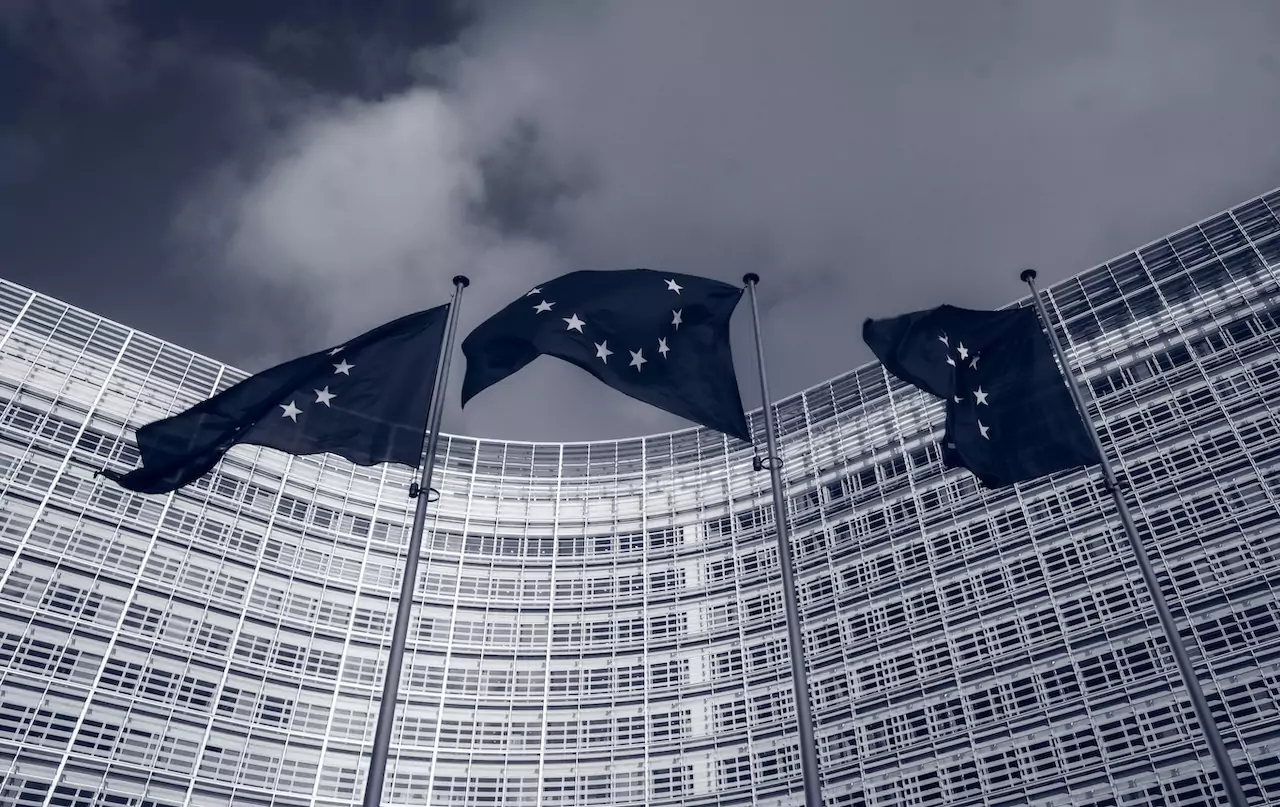Table of contents
The European Commission has finally published its strategy to make the EU the world’s leading destination for innovative companies: The EU Startup and Scaleup Strategy.
‘It is time for Europe to become a start-up powerhouse’. With this sentence begins the report, the document that is part of Ursula Von der Leyen’s broader political project, the ‘Competitiveness Compass’, and that runs parallel to the Letta Report and the Draghi Report.
As of today, the European start-up ecosystem consists of 35 thousand start-ups and 3400 scale-ups, in contrast to the US, the largest innovation ecosystem consisting of no less than 82 thousand active start-ups, which is home to more than half of all global scale-ups (more than 7,100) and is the absolute leader in the number of unicorns (656 out of about 1,400 worldwide as of 2024-2025).
This imbalance therefore prompted the European Commission to launch the EU Startup and Scaleup Strategy precisely to catch up with the US in terms of capital, talent, exits and global impact. The hoped-for benefits would concern:
- offering innovative solutions
- target emerging or niche markets and
- addressing problems often neglected by large companies
- be engines of disruptive innovation
- create new markets where the EU can take global leadership
- stimulate innovation also in large companies through collaborations, competition and acquisitions
- strengthening the EU’s industrial capacity and productivity, helping to reduce dependencies in key sectors and critical technologies
- jobs are increasing: start-ups and scale-ups have created three million jobs in the last ten years.
“To remain competitive in the rapidly changing global technology landscape, the EU must improve its regulatory agility.” The paper therefore recognises the amount of regulatory red tape in the startup environment and therefore aims to reduce regulatory fragmentation between member states, simplify procedures for startups and scaleups and, finally, introduce tools such as regulatory sandboxes to test innovations in controlled environments.
Innovation-friendly regulation
In order to achieve this, the EU has carried out a number of initiatives during this period, referred to in the Strategy, such as the proposal of an optional ‘28th regime‘ for businesses, which offers a unified regulatory framework at EU level. The implementation of the European Business Wallet, a digital platform for simplified interactions with public administrations. And the adoption of the European Innovation Act to promote regulatory agility and the use of regulatory sandboxes.
Better access to finance
Today, the European venture capital market accounts for only 11% of global IPOs, with the EU equity market accounting for 55% of GDP, compared to 147% in the US. To address this, the lack of venture capital availability, especially at later stages, and the dependence on funding from outside the EU for scale-ups, the EU has proposed several initiatives, such as:
- The creation of the Scaleup Europe Fund, a public-private fund with a target of more than EUR 10 billion to support promising technology scale-ups.
- The expansion and simplification of the European Innovation Council (EIC) to provide better funding opportunities.
- Launch of the European Innovation Investment Pact to mobilise institutional investors to support European scale-ups.
Rapid market adoption and expansion
“European start-ups and scale-ups often encounter two ‘valleys of death’: the first when innovations do not become marketable products, the second, particularly challenging in Europe, when companies struggle to scale.” In this regard, there are initiatives such as Lab to Unicorn, to accelerate the transition from research to market, and thus to connect university ecosystems and foster the commercialisation of intellectual property.
Supporting talent
For Talent Support, there are initiatives such as the Blue Carpet (facilitating the entry and integration of international talent into the EU), Fair Labour Mobility Package (to improve labour mobility) and the Blue Card Directive to attract non-EU start-up founders through accelerated entry routes.
Access to infrastructure, networks and services
“Start-ups and scaleups need easier and harmonised access to research and technology infrastructure to accelerate commercialisation.” Therefore, the EU set out to achieve two main objectives: to provide startups and scaleups with easier access to research and technology infrastructure, and to simplify contractual and access conditions to infrastructure.
To do so, it has implemented initiatives such as the Charter of Access for industrial users, ensuring harmonised conditions for access to research and technology infrastructures, and the promotion of the European Innovation Act to improve the access of innovative companies to European infrastructures.
Measuring progress
In order to be able to monitor and measure the progress of all these initiatives, with the new strategy the EU has first of all provided an official definition of start-ups and scaleups (companies with a valuation of more than EUR 100 million) and unicorns (companies with a valuation of more than EUR 1 billion). Finally, it implemented a European Startup and Scaleup Scoreboard to measure the performance of ecosystems at the European level.
“The success of the strategy will depend on rapid and effective implementation, with progress being monitored through key performance indicators.”
According to Ekaterina Zaharieva, Commissioner for Startups, Research and Innovation, “the EU strategy for startups and scaleups is a clear statement of intent: to make Europe the best place in the world to start and grow a business. The strategy will enable us to turn Europe’s wealth of creativity, research and ambition into thriving new businesses, quality jobs and concrete impacts. With five concrete actions, we are removing the obstacles that hold back our entrepreneurs. Europe is ready to grow’. (photo by Christian Lue on Unsplash)
ALL RIGHTS RESERVED ©
